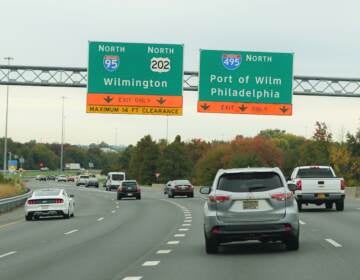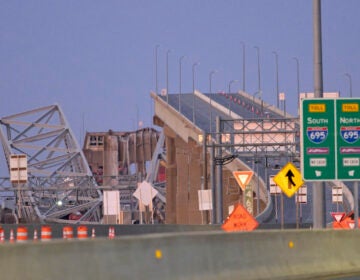McClatchy: Bike-sharing gears up in U.S. as gas prices soar
With the price of gas constantly rising, more Americans are turning to the bicycle for transportation. And with this transition, more and more U.S. cities are starting bike-sharing programs for an array of environmental, health and economic reasons. Cities all over the US, such as Washington, Chicago, Miami Beach, Denver, Des Moines, Iowa, and San Antonio, Texas, launched their bike-sharing programs in 2010. This summer, Boston and New York plan to start their own.
Most bike-share programs require membership and a regular fee, whether monthly or annually. Members then may rent bikes for either a limited amount of hours or a whole day. Non-members can usually buy daily passes.
The benefits of bicycle use are many: no pollution, less traffic, increased small business patronage, and they’re relatively cheap.
“People are interested in other forms of mobility, and bike sharing makes it possible for people to take short trips without having to necessarily gear up in full bike gear and deal with trying to park the bike safely,” said Susan Shaheen, a transportation scholar at the University of California at Berkeley.
Surveys of some program users show that many active members are 25 to 35, who commute to work or for leisure on weekends.
Washington launched Capital Bikeshare has more than 1,100 bikes and 118 stations, used for more than 500,000 rides since September 2010. Government funding is crucial to making these programs work; $4.8 million was spent to help get Capital Bikeshare rolling.
Mike Schmitz, 25, has used Capital Bikeshare for two months, renting a bicycle several times in a week. “It’s an easy way to get around the city. It’s a lot quicker than walking and even taking the Metro,” Schmitz said, referring to Washington’s subway system.
At a news conference in May, New York Mayor Michael Bloomberg sounded enthusiastic about his city’s initiative: “Every city I’ve talked to mayors in around the world, it’s one of the most popular things they’ve ever done. I would expect it to be popular here.”
Minneapolis started a program in June 2010 called Nice Ride, which now has 700 bikes and over 70 stations. In the past year there were 100,000 trips.
Bill Dossett, the program’s executive director, said Nice Ride is successful partially because “40 percent of the trips people take in a city are under 3 miles, and the bike is the best tool for that…The technology advances that have happened in the last five years have just made it so much easier and possible to secure the bikes and keep them more maintained.”
Zach Schaap, 25, uses Nice Ride daily to commute to work after selling his car: “Nice Ride simplifies the biking experience. It’s reliable and simple, and it engages you with your community,” he said.
See the orginal story and related articles here.
WHYY is your source for fact-based, in-depth journalism and information. As a nonprofit organization, we rely on financial support from readers like you. Please give today.






